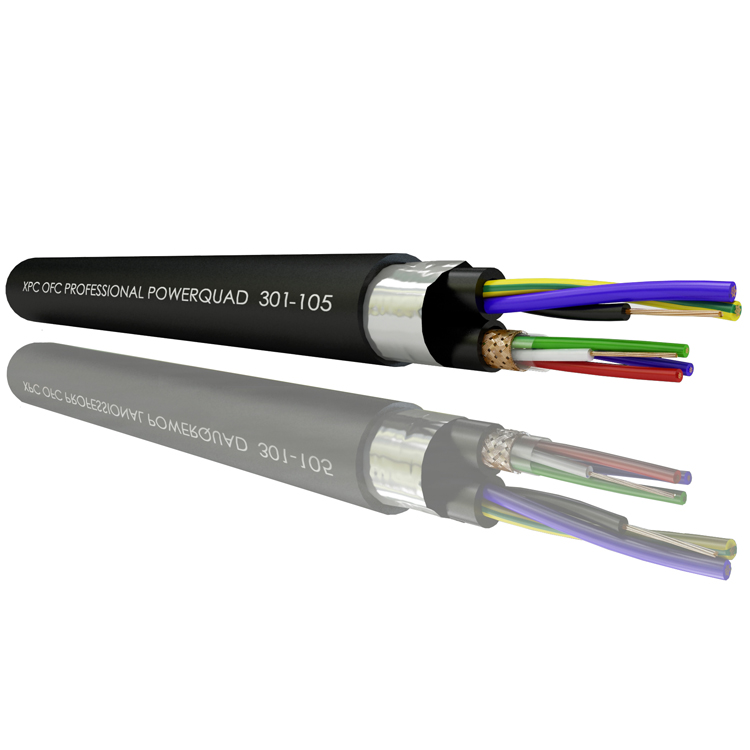In my proposed application, I will have approximately 30 RS-485 nodes configured in 3 chains spaced ~1m apart. There is a need to pass through 240v L-N-E, +5v, A, B, GND in each node. The physical layout is shown below, as well as an example of the cable.
I am worried about the interference on my signal lines. There will be approx ~1.6A Triac switched current on each chain.
How do I connect the the signal shield to offer the best protection?



